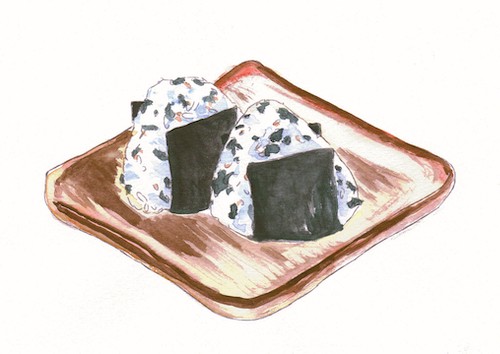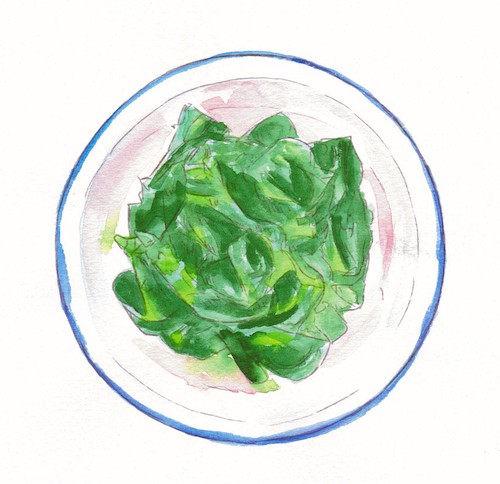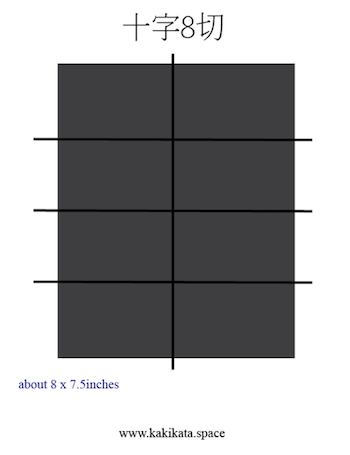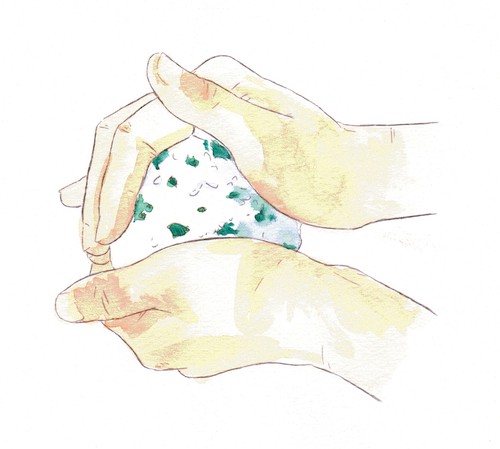
Illustrations: Kaki Okumura
A friendly introduction to adding Japanese sea vegetables into your diet
I sometimes forget that not a lot of people were raised like me, eating sea vegetables. To some, the idea of using seaweed in food can seem intimidating, foreign, and frankly sometimes unappealing.
I first made this realization when I was in second grade, attending a public school in New York. Everyone around me began pulling out their peanut butter and jelly sandwiches and chicken nuggets, while I brought out my double-decker bento box. It wasn’t long until one of the girls sitting next to me scrunched her nose at my lunch — what is that?
She was referring to my shiso-wakame rice ball wrapped in nori.
Needless to say, I later went home that day and begged my mom for Lunchables and normal kid lunches.
Sea vegetables transformed my health
But what was my discomfort back then has now become one of my greatest strengths, as I now understand the infinite benefits that come with regularly eating vegetables. More important than any skill that I could write on a resume, loving sea vegetables and being able to cook with such a wide variety has shaped my health for the better, and is a quality about myself I would never trade.
So to the folks who don’t want to miss out, let me introduce to you the superfood which has helped me love vegetables:
Common types of sea vegetables
- Wakame (若布): Green seaweed often used in miso soups or seaweed salads. Wakame actually refers to the leafy part, while kuki-wakame refers to the stem, and mekabu refers to the base near the root.
- Hijiki (鹿尾菜): Black-dark seaweed that comes in small strips. Served hot or cold — used in soups, to top salads or cold tofu, or simmered.
- Kombu (昆布): Type of kelp that is often used in Japanese broths. Sometimes comes chopped and salted, to flavor vegetables like cabbage or fresh cucumber.
- Nori (海苔): Flat sheets of dried seaweed, often used to wrap rice or shredded as a topping to dishes. Is also often eaten alone as a snack.
- Kanten (寒天 aka agar agar): A mineral-rich thickening agent, which is a great vegan-friendly substitute for gelatin. Used in desserts and sauces.

Health benefits of sea vegetables
Sea vegetables are full of phytonutrients and minerals — including, but not limited to calcium, phosphorus, magnesium, iron, and iodine. These minerals play important roles such as maintaining the structural integrity of our teeth and bones, facilitating proper neurotransmitter activity, fatty acid metabolism and protein synthesis, and delivering oxygen throughout our bod.
Of particular interest is iodine, because despite commercially available iodized salt, many people are deficient in this micro-mineral. Iodine is important for synthesizing thyroid hormones, converting types of estrogen, and deficiency can make individuals susceptible to hypothyroidism, or an under active thyroid which leads to a slower metabolism and other health complications (National Institutes of Health).
Sea vegetables are very easy to add into your diet, as they perfectly compliment both salty and slightly sweet dishes, and are rich in umami flavors. They are rather low cost, and are well worth experimenting with and adding into your daily meals.
The possibilities and uses are absolutely endless, but can be overwhelming — here is one very easy and beginner-friendly recipe for introducing sea vegetables into your diet.
5-Minute Shiso-Wakame Rice Ball
4 servings; 8 rice balls
Ingredients
- 45 grams shiso-wakame soft furikake (about ½ bag)
- 700 grams cooked white rice (about 300g uncooked)
- 8 strips of dried nori; roughly 2 x 3½ inches
- Roasted white sesame seeds to taste (optional)
Instructions
- Gently mix the soft furikake, white rice, and sesame seeds in a large bowl using a shamoji (Japanese rice paddle) or large spoon.

How to cut the sheet of nori
- Tear roughly a square of saran wrap, and eyeball about a ⅛th portion of the mixed rice onto it using a spoon or shamoji.
- Wrap the rice in the saran wrap, and mold it using your hands
- Cup your hands to gently mold the rice into a triangle. You should press firmly so the rice doesn’t fall apart, but you don’t want to squeeze the rice too tightly and lose its fluffiness.
- Remove the rice from the saran wrap, and take the sheet of nori and wrap it around.
- Plate it, and enjoy!

Eat your sea vegetables
I think more people, regardless of their upbringing, are beginning to open up to the use of sea vegetables in home cooking. I apologize to my younger self, but mom was right — Lunchables are overrated, and you should stick with your Japanese bento box. You’ll appreciate it in the long run.

If you have any questions or seek advice on how to adopt a sustainable and healthy eating style, email me at kokumura@kakikata.space! I hope to help others achieve a balanced and comfortable healthy lifestyle to shape their life for the better.
Warm regards,
Kaki